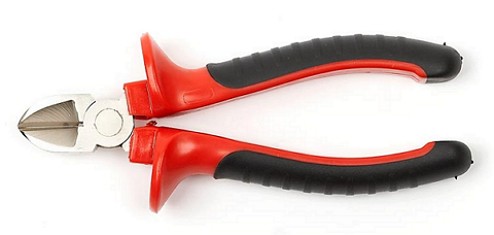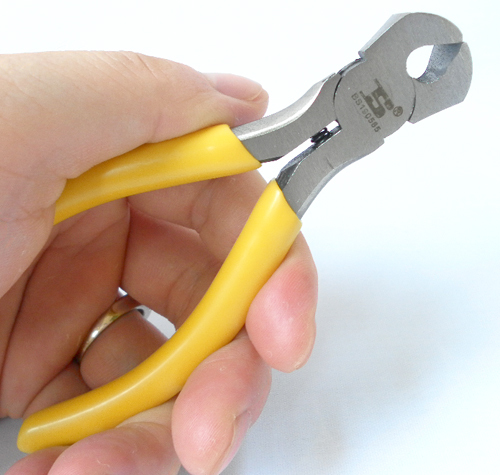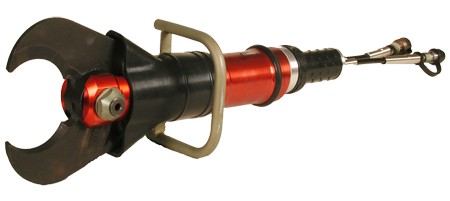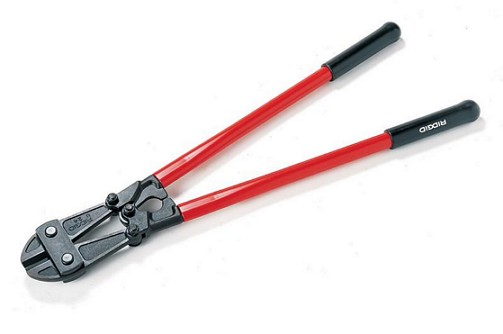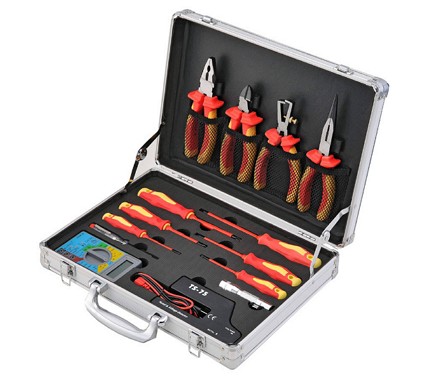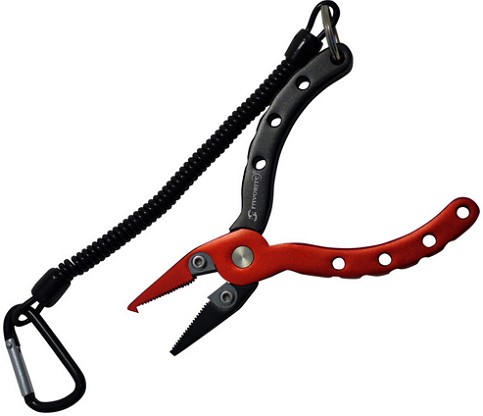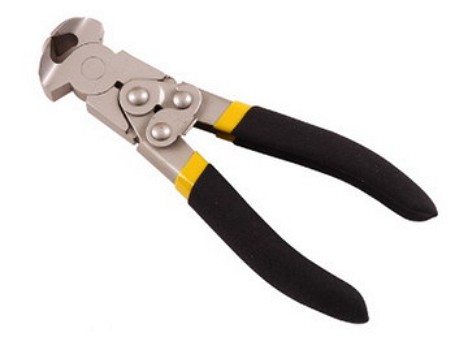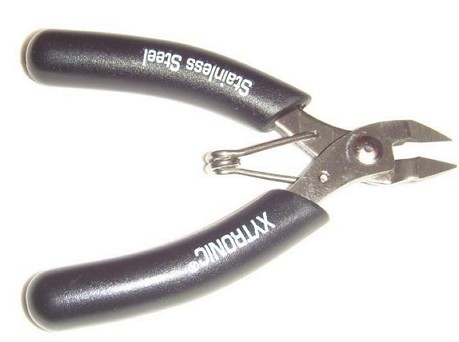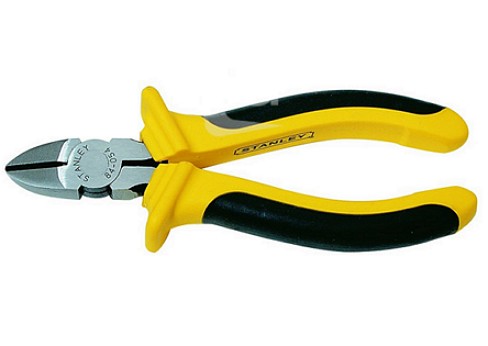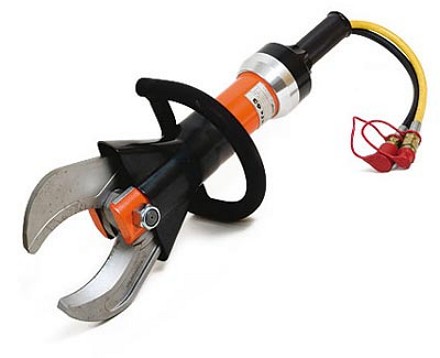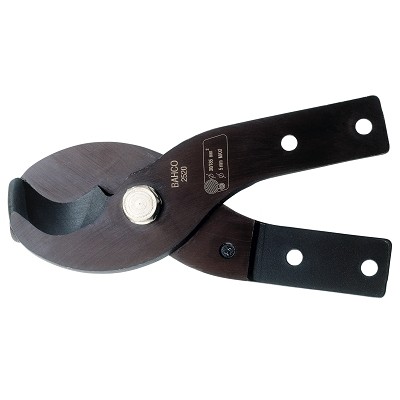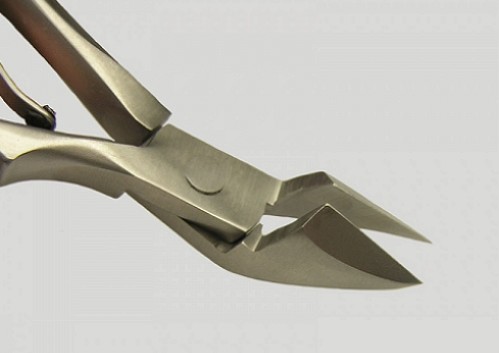The cutting tool, habitually included in our life and repair work, which we carry out with our own hands, is represented by pliers. Using and using cutting pliers, it is possible to cut various materials without disturbing the integrity of the element while working and ensuring the proper quality of the cut. However, it is necessary to distinguish the cutters by type and degree of application. A home master will kindly help in this!
Content
Scope of cutting pliers
Nippers are a universal cutting tool, the function of which is based on the principle of the lever. Using cutting pliers, it is possible to cut material up to 5-7 mm thick.
Therefore, the cutters are successfully used for cutting wire, wire, cable, metal and plastic. Scope of application of pliers is diverse: it is installation and dismantling of equipment, as well as electrical work. By what criteria should you choose the cutting tool, taking into account the area of their application?
Design of wire cutters
Nippers are a cutting tool. Therefore, the choice of the tool must be made in accordance with the requirements imposed on the quality of the cut. The main elements of the design of the cutters are:
• cutting edges
• Handles.
The design of the cutters depends on the shape, geometry and location of the cutting edges.
The design of the cutting edges (jaws) of the cutters can be different. If the cutting edges are perpendicular to the plane of the handles, these are the end cutters. In the case where the cutting edges are located in the same plane with the handles or at a slight angle, these are lateral cutters or side cutters. There are power cutters, which are designed for snacking metal rods, these are bolt cutters.
In most cases, due to the electrical safety of the tool, the handles of the cutters are protected with an insulating material. Electrical wiring cutters are manufactured by the industry in isolated and insulating form.
What is the difference between types of handles? Isolated knife handles are equipped with a suitable coating. Insulating handles are made of insulating material with additional cutting inserts. The handles of the wire cutters are the main guide levers, therefore they must have an unbreakable and non-slip surface, which is reliably protected from oil, moisture and chemical attack.
Types of Cutters
Depending on the type of working element, the cutters are divided into the following types:
• Edge
• Side
• Special.
face
The working element of the end cutters, intended for installation, electrical and construction works, is made of special reinforced steel with subsequent chrome surface. Specially sharpened cutting edges of the cutter models differ in strength, therefore the choice of this type should correspond to the direction of the work performed. Dialectic handles of end cutters are able to withstand a considerable working voltage.
side cutters
The working element of the side cutters is located on the side of the head. For more effective work for some models, the cutting surface is further strengthened and hardened by high frequency currents. There are models designed to cut various types of wire, from thin aluminum to steel wire.
For this purpose, diagonal cutters are provided, which are equipped with inclined heads with respect to the cutter arms. In this case, the dynamic element - the hinge with the axis can withstand daily monotonous loads. Diagonal pliers are able to bite the wires of steel 1.2 mm, mild steel up to 2.0 mm and copper wire up to 2.6 mm.
Professional side cutters are made of tool steel with multistage hardening and heat treatment. The handles of professional side cutters provide a comfortable grip and withstand up to 75 kg.
More detailed and complete information about side cuts is offered in this video.
special
Special types of nippers include bolt cutters. With the use of bolt cutters, it is possible to cut a rod stock with a diameter of up to 12 mm. The mechanism of operation of the wire cutters is based on the double lever rule. Due to the long handles of the bolt-action, the applied force does not immediately reach the cutting edge, but passes through the intermediate link, which strengthens the action.
To the special cutters, a tool is used to work with electronic miniature elements. These cutters are equipped with a mirror surface, have a uniform opening and have an element of static electricity discharge.
Information about bolotorazah and wire cutters for reinforcement is suggested in the video.
It is necessary to distinguish also cutters in the field of application, namely:
• nippers, intended for snacking of armature and wire
• Cable cutters for cable
• Professional wire cutters.
Cutters for reinforcement and shtifterzy use for snacking non-rope wire with a diameter of not more than 4 mm. The material of the nippers is T8 steel with a Rockwell hardness of 42 HRC. Handles are equipped with PVC handles with hardened pads, painted with powder paint. The length of the handles reaches 210 mm.
Cable cutters are designed for cutting cables of insulated, made of aluminum and copper, with a working diameter of not more than 35 mm. The cutting part of the wire cutters are knives made of heat-treated alloy steel. The technology of manufacturing knives for nippers is based on the volume stamping of the material by a falling hammer.
A sturdy cutting part allows you to cut the cable with minimal shear deformation and internal wires. Nippers are equipped with fiberglass and rubber handles.
The professional nippers include a tool designed for carrying out cosmetic procedures - pedicure and manicure. Miniature nippers for cosmetic procedures are used for cutting cuticles. A professional tool is made of special stainless steel. This type of steel is used in the manufacture of surgical instruments.
Special heat treatment of the material provides excellent hardness of steel up to 50 HRC on the Rockwell scale. Qualitative sharpening of a cutting edge of professional nippers for manicure and a pedicure allows using the tool for a long time.



